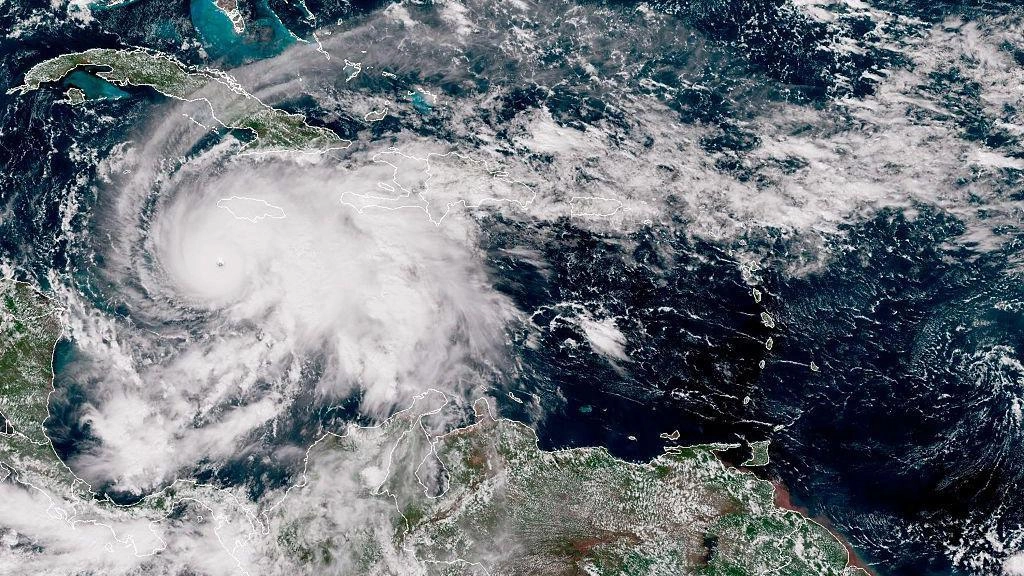A giant moving slowly: 3 reasons why Melissa is the most powerful and dangerous hurricane of 2025
Melissa is the most intense storm of the year to date. We tell you why it owes its power.

Jamaica is preparing to be impacted by Hurricane Melissa, which is forecast to bring destructive winds and catastrophic flooding in its direct path toward the Caribbean island.
According to the US National Hurricane Center (NHC), Melissa It reached Category 5 status early Monday morning, and by afternoon its maximum winds were exceeding 280 km/h.
Many people have been evacuated from vulnerable areas in Kingston, the capital, by government order.
The storm has already left three people dead in Jamaica and four dead in Haiti and the Dominican Republic.
Melissa is the most powerful storm of the year to date. But why has it reached such power?
The reasons that make it powerful
Melissa is a particularly powerful, large, and slow-moving hurricane, and there are several reasons for this, explains BBC meteorologist and weather presenter Sarah Keith-Lucas.
1. Warmer Waters
Hurricanes need warm waters to feed, and rising sea surface temperatures have injected additional energy into the storm system.
Waters in the western Caribbean are currently near 30°C (86°F), two to three degrees above average for the time of year.
2. Lack of Wind Shear
The atmospheric winds surrounding the hurricane do not change much with height, and this lack of wind shear has been critical to its widespread growth.
Higher wind shear (the greater the change in wind speed or direction over a short distance, which can be vertical or horizontal) tends to break up storms and weaken them, but in this situation, Hurricane Melissa has been able to continue developing and strengthening for several days.
3. Slow-moving
The winds that drive the hurricane are relatively weak.
This means the storm system is moving slowly, at less than 4 mph (6.4 km/h), and so remains over particular areas for a long time, continuing to produce torrential rain and destructive winds that would normally move faster with a faster-moving storm.
Click here to read more stories from BBC News.
Subscribe here to our new newsletter to receive a selection of our best content of the week every Friday.
You can also follow us on YouTube, Instagram, TikTok, X, Facebook and on our new WhatsApp channel, where you will find breaking news and our best content.
And remember, you can receive notifications in our app. Download the latest version and activate them.
This news has been tken from authentic news syndicates and agencies and only the wordings has been changed keeping the menaing intact. We have not done personal research yet and do not guarantee the complete genuinity and request you to verify from other sources too.


